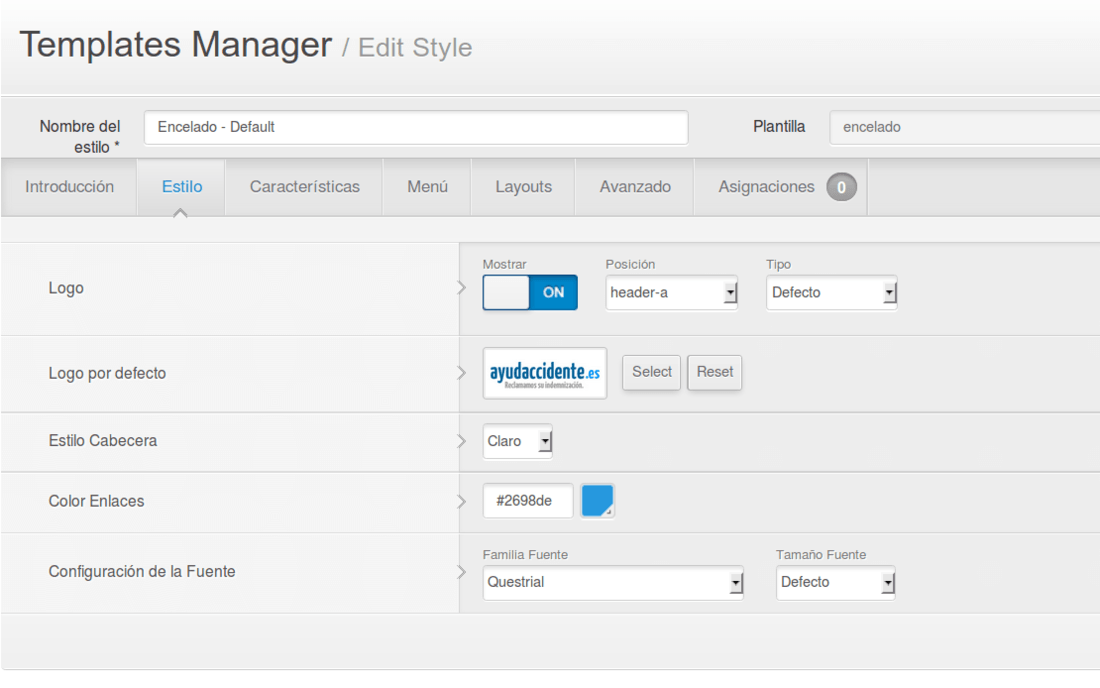

Section 5.1.8, "Additional Fusion Middleware Control Release Notes"
#Safari 5.1.10 empty cache windows#
Section 5.1.7, "Problems When Internet Explorer 7 is Configured to Open Pop-Up Windows in a New Tab." Section 5.1.6, "Table Display Problems When Using Some Language Variants" Section 5.1.5, "Exceptions When Starting Oracle Web Cache After Accessing Configuration Pages from Oracle Enterprise Manager Fusion Middleware Control" Section 5.1.4, "Incomplete Information Available on the MDS Configuration Page" Section 5.1.3, "Verifying the DISPLAY Variable to Correct Problems Displaying Graphics"

Section 5.1.2, "Fixing Errors Displayed When Selecting the TopLink Sessions Command in Fusion Middleware Control" Section 5.1.1, "Product Behavior After a Session Timeout" The self-signed certs you add exceptions for are also added to Keychain Access, but deleting them from there and restarting Safari doesn't do the trick.This section describes general issue and workarounds. There's apparently also a way to force the cert by copying it into Keychain Access manually, then trusting it via Terminal command, but that's super annoying for projects where I rebuild them sometimes dozens of times a day. Not a horrible thing to do every now and then, but it can be really annoying if you do it a few times a day! This method will log you out of all websites and sessions in Safari, and also wipe out local storage, etc. I'd rather have the ability to drop just one domain, but it's really annoying trying to edit plist files (it basically has to be done in Xcode nowadays).

killall nsurlstoraged to stop the HTTP storage manager (since it has an in-memory cache of the HSTS hosts).This is the easiest method which doesn't require to to re-login to every single site and service you use but allows more permanent exceptions to be stored. This definitely works in a pinch, or when you're doing a bunch of HTTPS testing. Note that this exception only persists during that private browsing session. You should see the link to add an exception for the site.Open a new Private Browsing window (Shift + ⌘ + N).There are only three ways to get around this annoying issue-one is good for one-off use cases, one requires the deletion of the HSTS cache, the other requires wiping all your web history: Method 1 - Private browsing session There's no possible way of adding an exception, or deleting the old cert from Keychain Access, or really any way to get around this-at least none exposed via Safari's UI. Safari Can't Open the Page – Safari can't open the page because Safari can't establish a secure connection to the server 'servername'. Every time I rebuild an environment using my automation, and generate a new certificate for a domain that's protected with HSTS, I end up getting this fun error page: This presents a problem, though, since I use Safari. I do a lot of local development, and since almost everything web-related is supposed to use SSL these days, and since I like to make local match production as closely as possible, I generate a lot of self-signed certificates using OpenSSL (usually using Ansible's openssl_* modules).


 0 kommentar(er)
0 kommentar(er)
